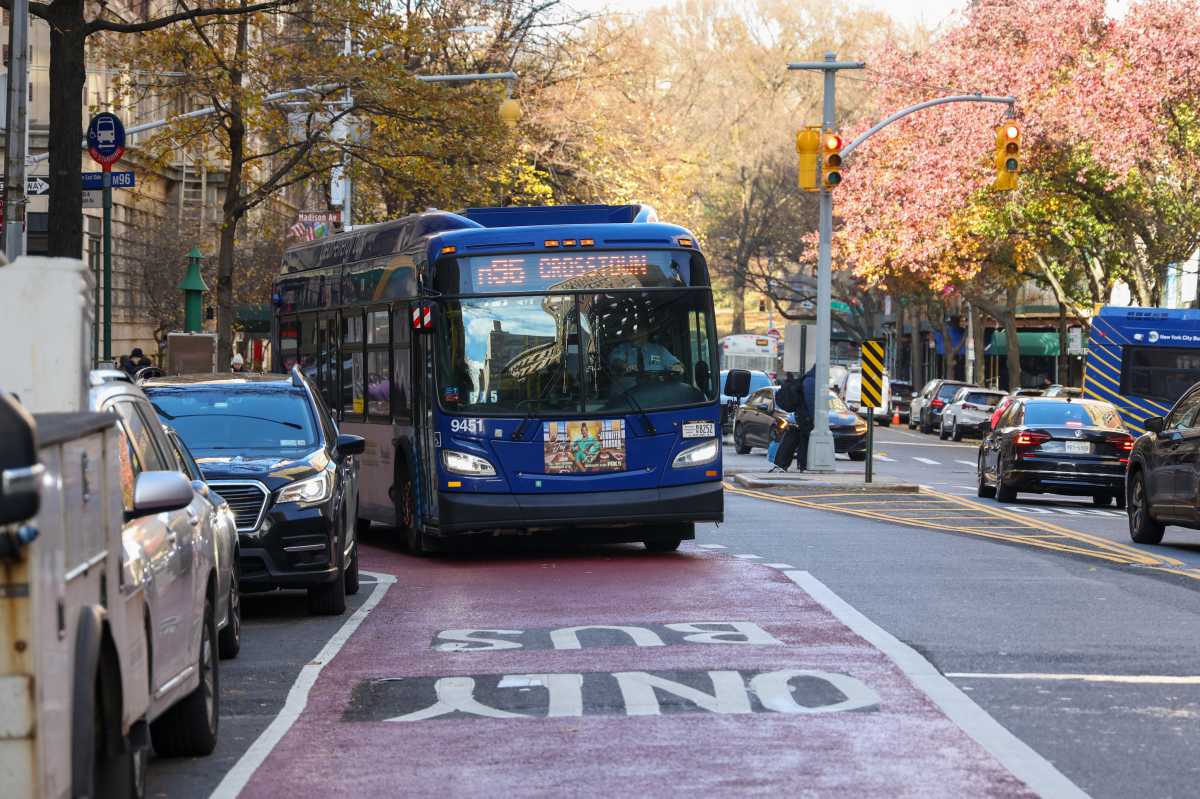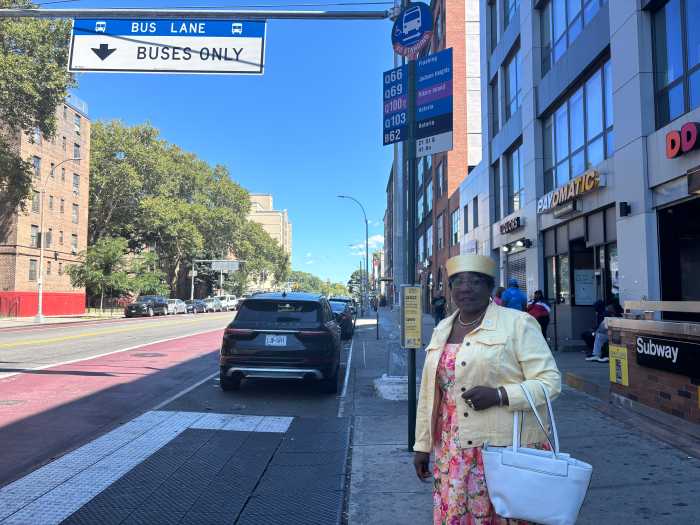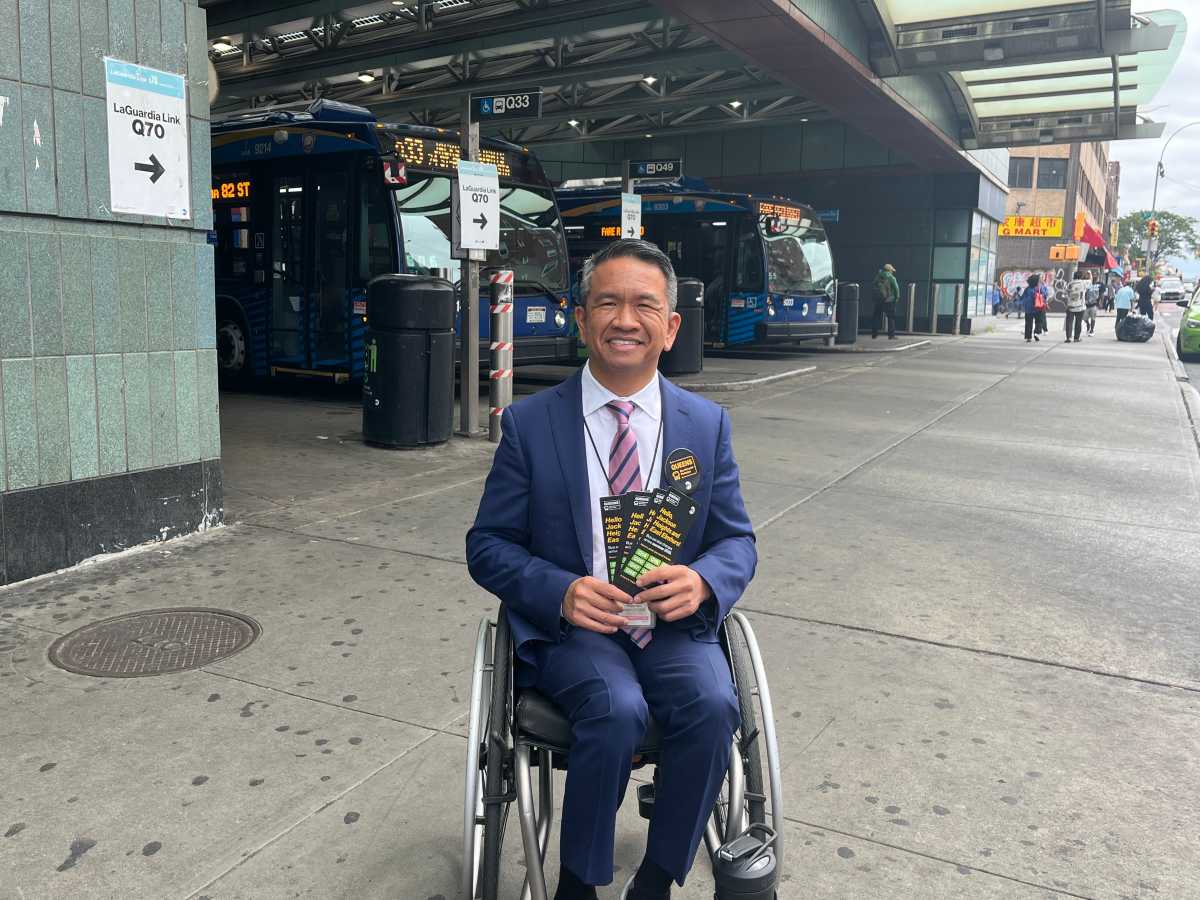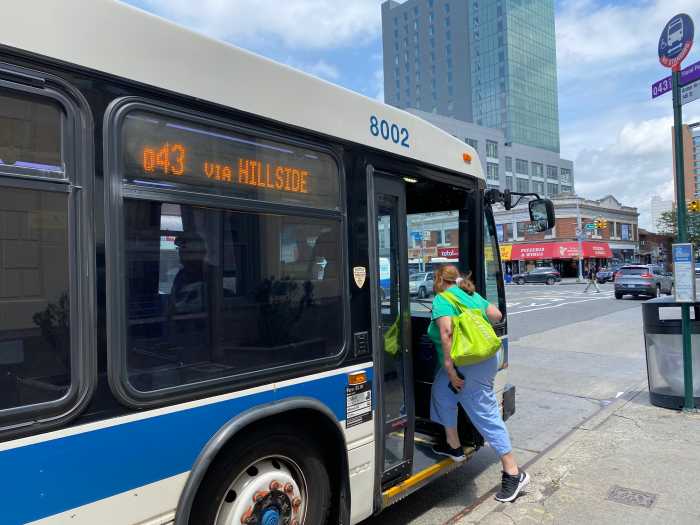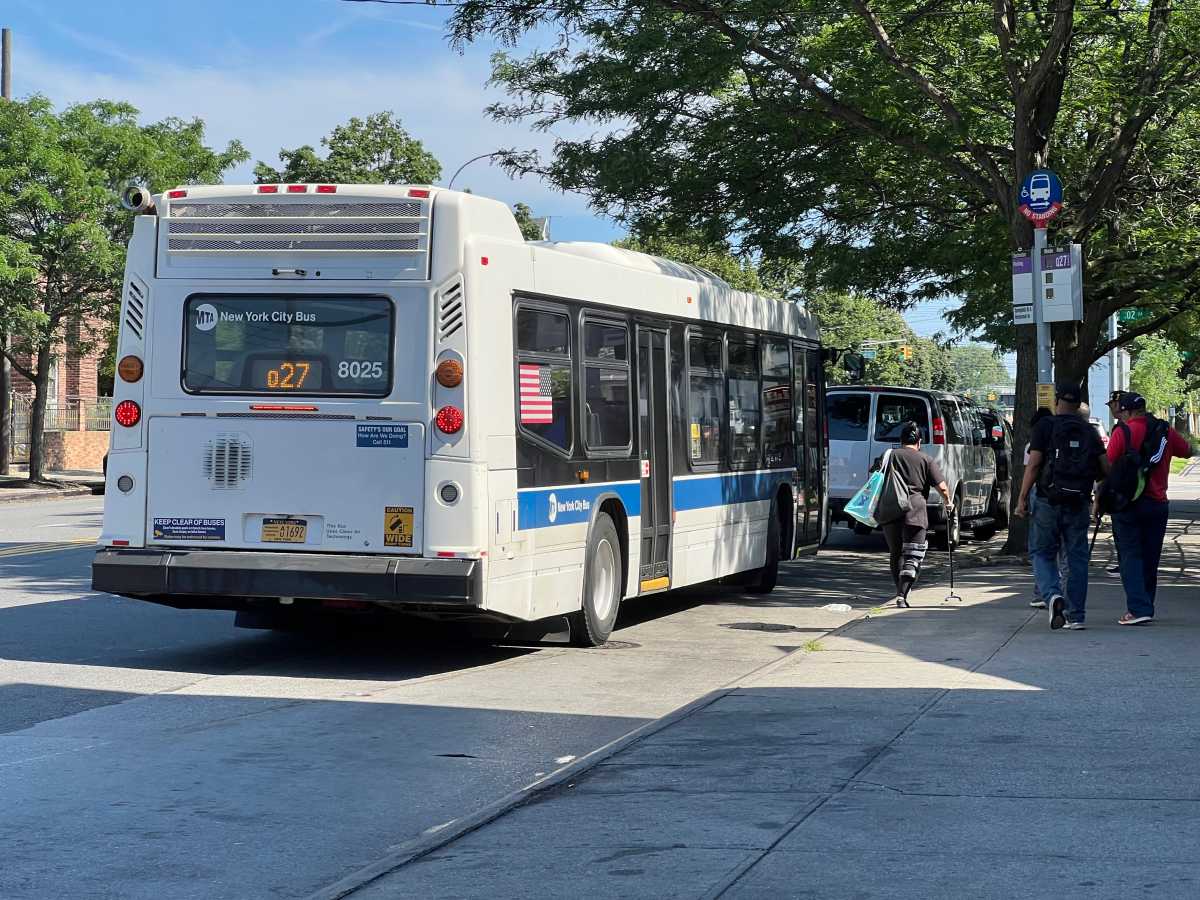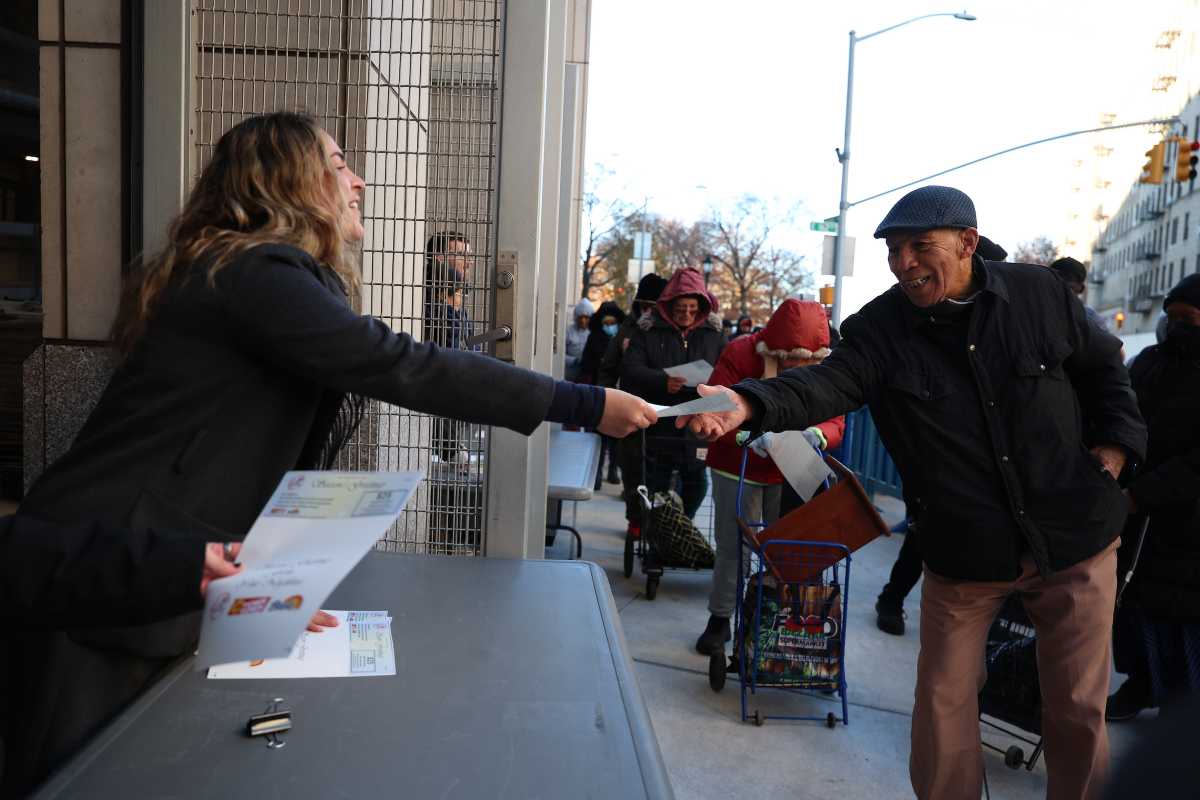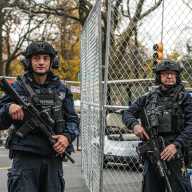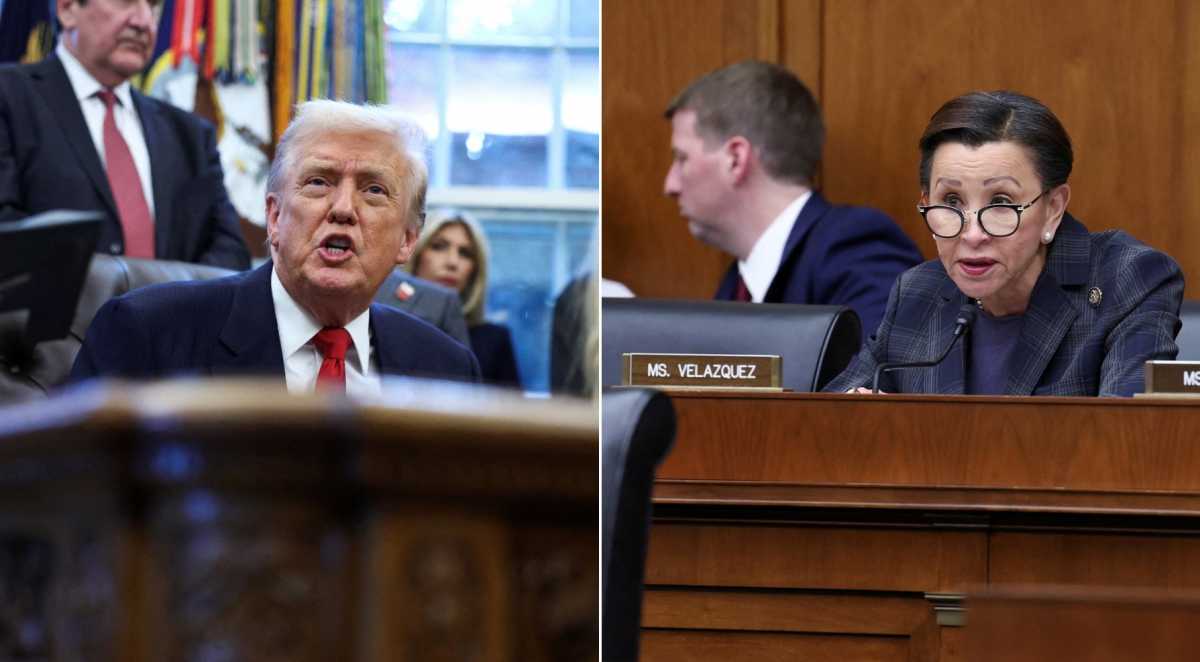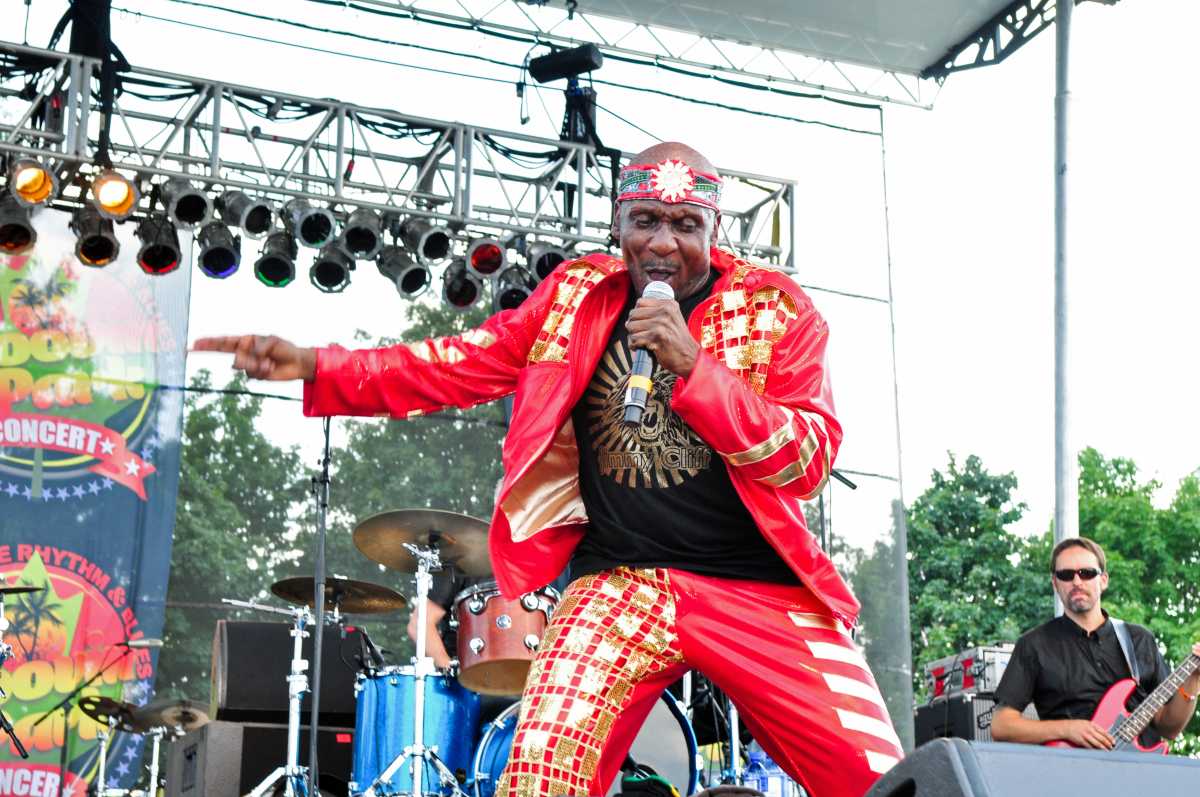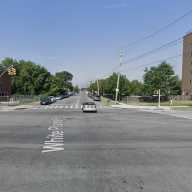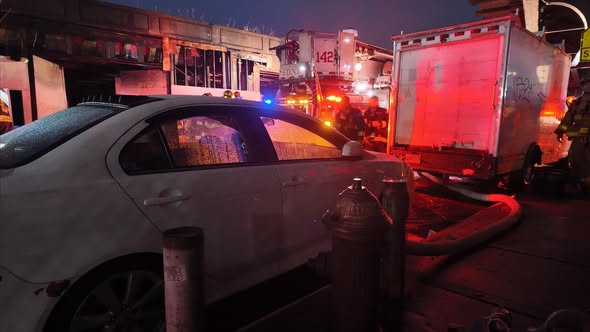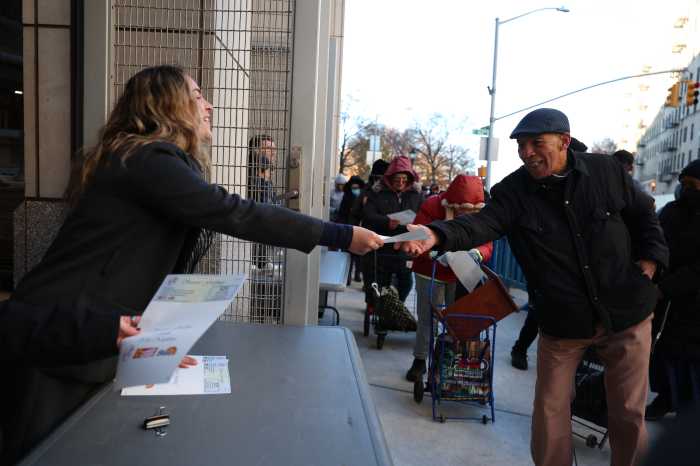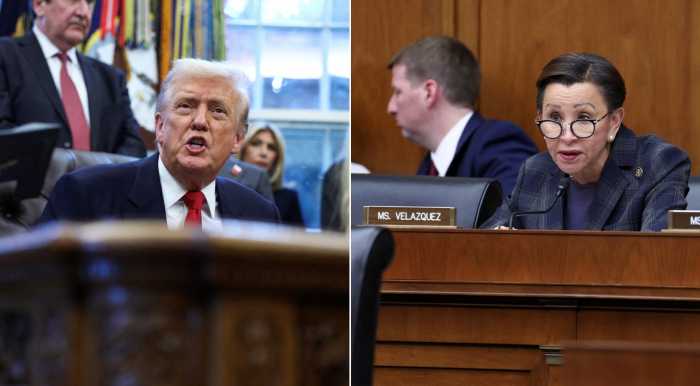It’s only the first day of school in the Big Apple, but City Comptroller Brad Lander is already doling out failing grades — for lackluster bus service in NYC.
More than half of NYC’s 332 bus lines received a “D” or worse on a new report card issued on Thursday from the NYC Comptroller’s office. Every MTA city bus line was evaluated for on-time performance, speed and delays as part of the Sept. 4 report, dubbed Life in the Slow Lane: A Report Card for NYC Buses.
The investigation, which ran from June 17, 2024, to June 12, 2025, found that 186 bus lines received an unsatisfactory “D or F” grade. According to Lander, city and state officials can “target interventions” to improve bus performance using a letter-grade system.
The report revealed consistent patterns of “underperformance” across the bus system. Most notably, a majority of buses performed below average standards. 56% of bus lines are poor-performing, and many experience “bunching,” meaning that buses arrive too often and back-to-back, resulting in long waits for commuters at bus stops.
Brooklyn buses, like bananas, coming in bunches
Brooklyn was the worst for bunching. With 15% of Brooklyn buses bunched, it is a rate higher than the citywide average of 10.6%.
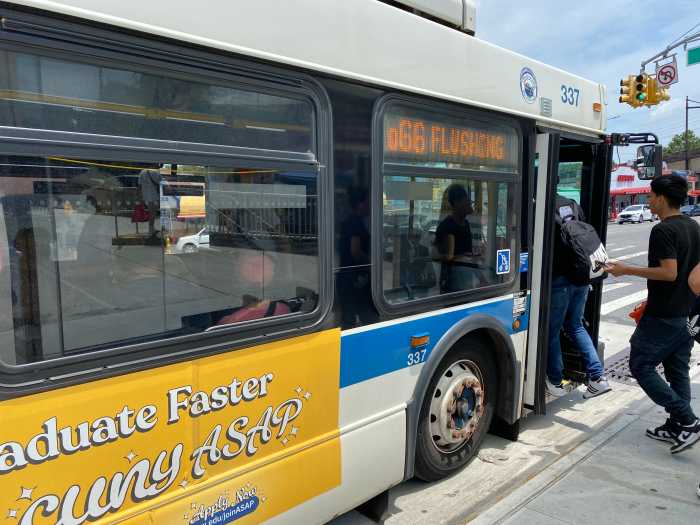
Poor-performing bus lines also received subpar grades because they consistently failed to arrive at scheduled stops on time.
“This means that 15% of buses in Brooklyn fail to maintain even spacing along their routes, creating unreliable service and wait times regularly in excess of 10 minutes for riders on lines where average wait times should be no more than five minutes,” the report stated.
Express buses — which have been the subject of scrutiny on Staten Island this year due to reports of unreliable service — had a higher average speed, but a much lower on-time rate than the overall bus system.
By comparison, only 8% of bus lines received a “B” grade or higher. Over 70% of Manhattan buses got a D or F—worse than in any other borough. The report noted this is due to the borough’s dense traffic. Buses here often run as slow as 5 mph.
Lander called out “failures” on the MTA’s part, but also noted that the agency, as well as the NYC Department of Transportation, have “pledged” to make improvements.
“Our office’s report card offers a clear roadmap to pinpoint the most necessary interventions to improve bus service for all,” Lander said. “From Brooklyn seniors waiting over 20 minutes for bunched buses to Manhattan commuters crawling at slow 5 mph speeds, the impact of the city and MTA’s failures is unmistakable and felt daily for thousands.”
Did any buses receive an ‘A’ grade?
Yes, but only seven. These include the B31, B84, BX29, M60-Select Bus Service (SBS), Q35, S89 and SIM26.
“New York City is home to the largest bus network in all of North America, yet pedestrians can walk faster than some buses, like the M34 in Midtown,” Lander said. “New Yorkers deserve a system that actually gets people where they need to go.”
Has congestion pricing helped improve bus service?
On the bright side, congestion pricing in Manhattan appears to be moving buses along in the toll district south of 61st Street in Midtown.
“Between Jan. 1 and June 1, 2025, reliability scores for buses operating in the [Central Business District] improved by 9.2% compared to the five months preceding implementation,” the report stated.
Per Lander, the city and state-run MTA can set goals that increase speeds by 15% citywide, which would move 90% of C-grade bus lines to at least a “B.” Reducing the bunching rate on high-frequency bus routes from 10.6% to 5% will also help.
The comptroller’s data collection ended on June 12, just weeks before the Queens bus network redesign initiated its first phase of a system-wide overhaul on June 29. The revised bus system is aimed at improving bus connections and frequency, as well as more balanced stop spacing in Queens.
It is likely difficult to grade the new Queens bus system, since it has only been in full effect for one week (Phase 2 of the redesign launched on Aug. 31).
Nevertheless, MTA officials said it is one of several actions the agency is taking to improve bus service citywide.
“The MTA agrees with Comptroller Lander that faster buses are essential for riders, which is why we are undertaking all-borough bus network redesigns to speed up service with improved routing and stop spacing, expanding automatic camera enforcement, and significantly improving speeds in Manhattan through congestion relief,” said Frank Farrell, NYC Transit’s acting senior vice president of buses. “The fact remains that dedicated bus lanes are needed to make a material impact on bus speed citywide.”
Meanwhile, the DOT said it has completed several projects, with more in the works, to improve bus service.
“NYC DOT has made bus service faster, more reliable, and more accessible for nearly 700,000 daily bus riders across the city,” a DOT spokesperson said. “Our bus lane and busway projects help keep New Yorkers moving, along with innovative technologies like transit signal priority and expanded bus lane enforcement in collaboration with the MTA.”
Some of DOT’s bus lanes include 96th Street in Manhattan, Northern Boulevard in Queens and Livingston Street in Brooklyn. Another bus-lane project is in progress on Hillside Avenue in Queens.
By law, the city was to have built 150 miles of dedicated bus lanes by 2026, but has fallen behind that goal for years.
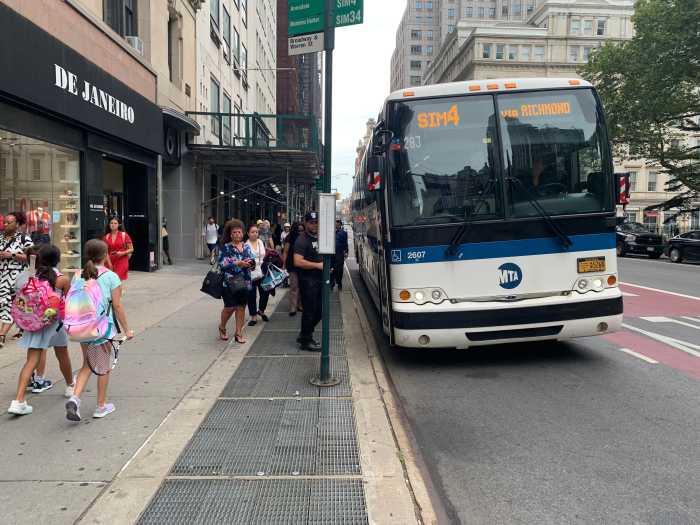
Across the East River in Manhattan, where nearly three-quarters of buses got a “D” or “F” from the comptroller, Borough President Mark Levine said what he thinks will improve service.
“We know how important reliable bus transit is for our communities and our economy, and we must take steps to speed up service, from fully funding and implementing the Streets Master Plan and improving bus lanes citywide, to implementing all-door boarding on all buses,” Levine said.
NYC commuters can see the grades of each NYC bus line using a search tool on the comptroller’s website at comptroller.nyc.gov.



